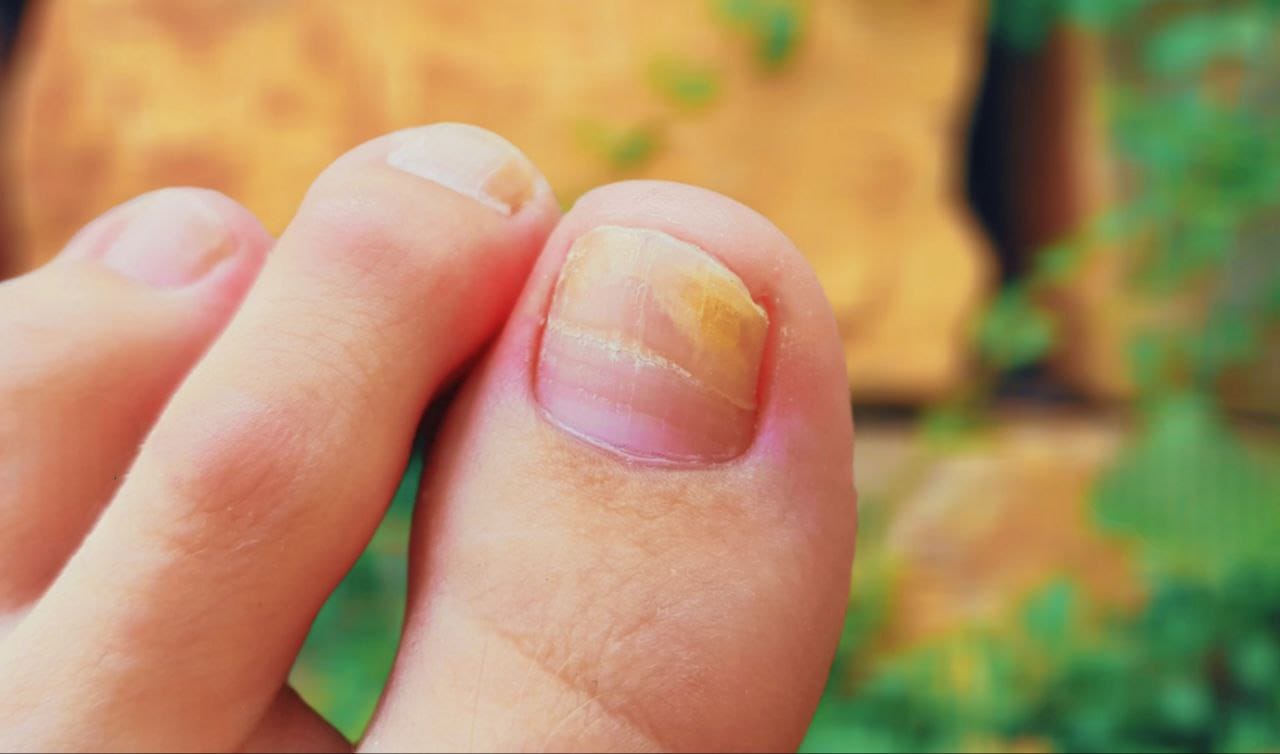Fungus, a stubborn infection which bothers the patients with its ugly face. It shows itself by making your nail discolor, thick and brittle. Once you experience it, you try to fix it with fungus treatment and then, you try your best to avoid it for the next time! To prevent this ugly guest on your nails, you need to know what causes the fungus to appear and then, you can come up with solutions to prevent it. Here in this article, we are going to explore the environmental causes of the fungus and then, we have a review of the antifungal solution that prevents this infection. So, stay with us.
Toenail Fungus Causes
Onychomycosis, the medical name of the fungus, grows in a moist and warm environment. When it finds an entry like a crack or a cut, they start to grow out and make your nail discolor, thick and brittle. They choose the nail bed as their habitat, and they keep growing until they face a potential enemy like antifungal treatments. Therefore, keep it in mind to choose the most penetrable fungus treatment.
Fungus is an infectious disease which means you can get it easily from infected people. When you walk barefoot in moist environments like swimming pools, locker rooms, and public showers, you have exposed yourself to the fungus.
Individuals with diabetes, psoriasis, or compromised immune systems are more susceptible to toenail fungal infections. Additionally, poor peripheral circulation can contribute to the development of onychomycosis.
Another fungus cause is the nail injury. Wearing tight shoes causes your nail to break and make it the best place for fungi to grow. Also, improper trimming or damages can open the door for the fungi. So that they are welcomed to their new habitat.
Now that you are familiar with the fungus causes, you can easily recognize the potential threats and make sure to follow all preventive guidelines.
Prevention Strategies
1- Make sure that foot hygiene is maintained. Wash your feet when you arrive home every day with soap and water and use your own towel to dry them off. Also, make sure your toe fingers are completely washed and dried, especially between them.
2- Your feet are the second heart of your body; so, make sure that you choose comfortable footwear for yourself. We suggest you choose shoes with breathable materials such as leather or mesh since they help the shoes environment to stay dry. Please, avoid tight-fitting shoes for your own sake. Don’t forget that your feet are the second heart of your body, so it is worth it to buy good shoes for yourself. Also, keep it in mind to change your socks regularly after exercising or sweating.
3- Some diseases like diabetes and psoriasis can lead to nail fungus; therefore, you need to take your health conditions under control to reduce the risk of fungus growth.
4- Trim nails straight across and keep them short to prevent injury and reduce the risk of fungal entry. Use sanitized tools for nail care and avoid sharing them with others.If you have infected nails, please avoid using nail polish or artificial nails since the moisture can be trapped in this situation and it will worsen the infection.
5- Wear shoes or sandals in areas where people are barefoot like public showers, locker rooms, and around swimming pools to decrease the risk of fungus infection.
Conclusion
In conclusion, fungus as an infectious toenail disease is common in society. Moist and warm environments are an ideal place for fungus to grow and people can get infected easily through the public places where people walk barefoot or they can get infected when a crack or a cut on their nail provide an entry for the fungi to grow there. So it is truly important to maintain foot hygiene and avoid wearing tight shoes. Other factors that will help you to reduce the risk of nail fungus is wearing breathable footwear, using proper protection in shared places and caring for nails. Using these prevention strategies not only help you to have a healthy foot but also they help you to avoid any discomfort that can lead to fungus infection.

